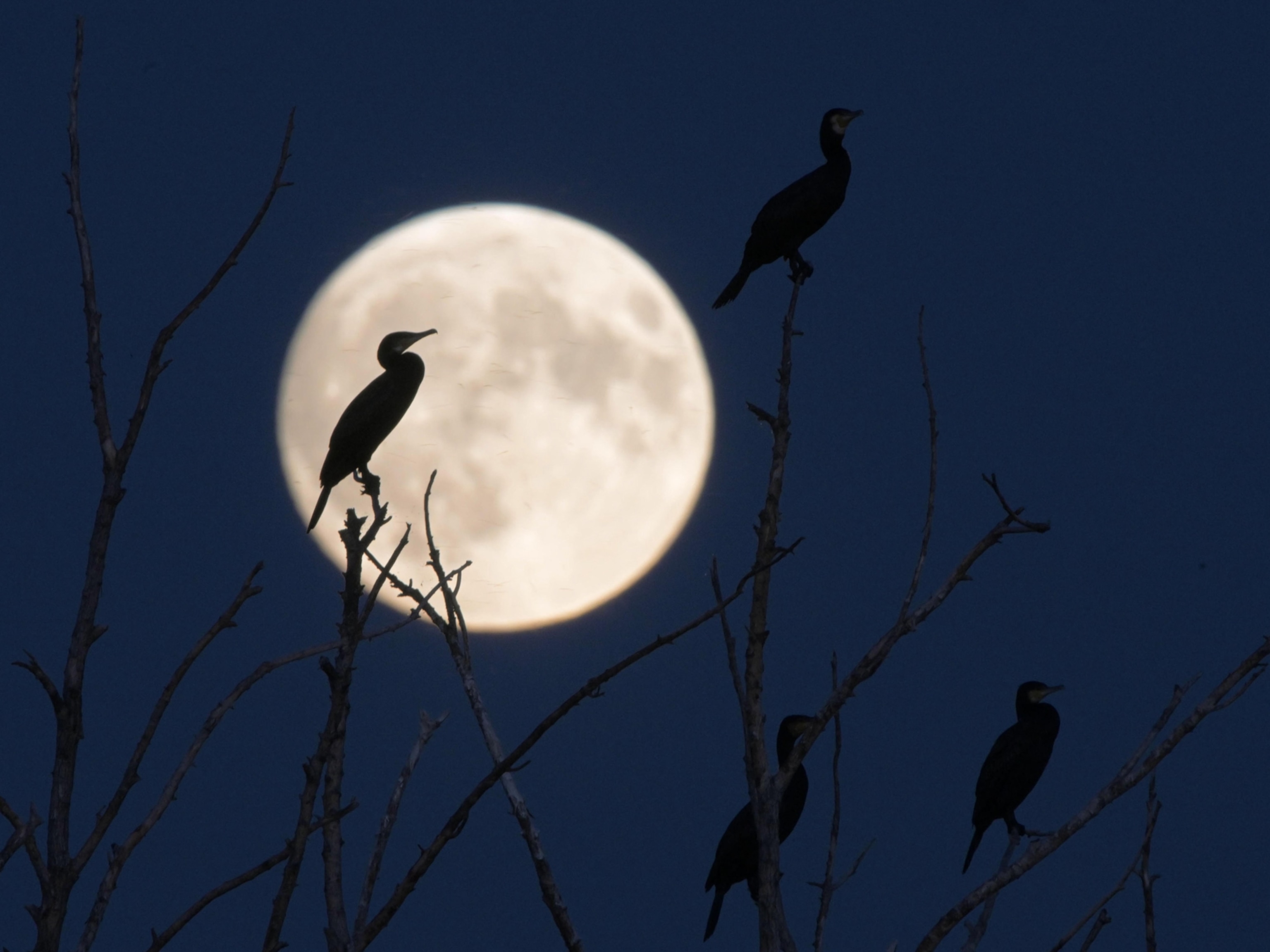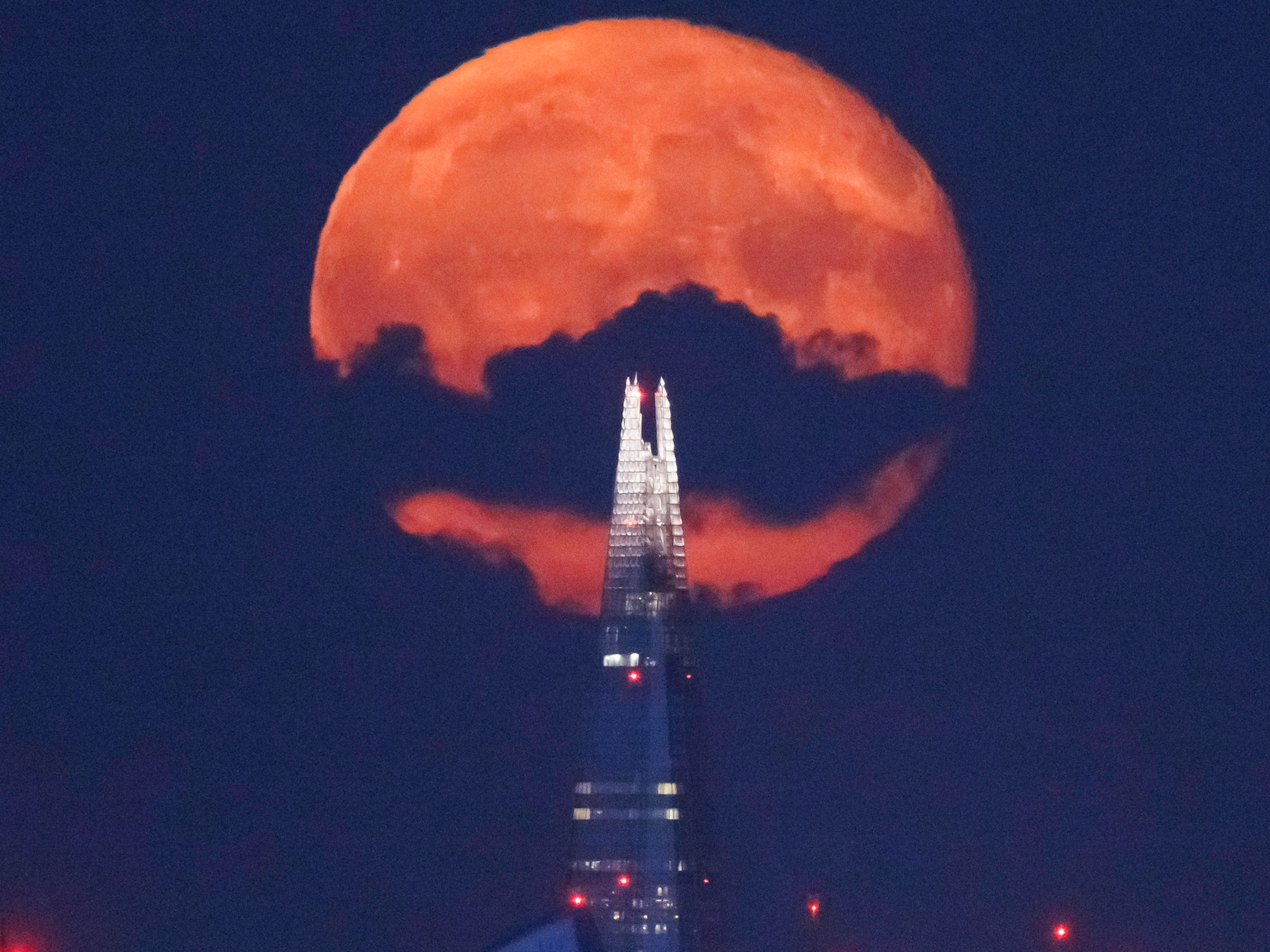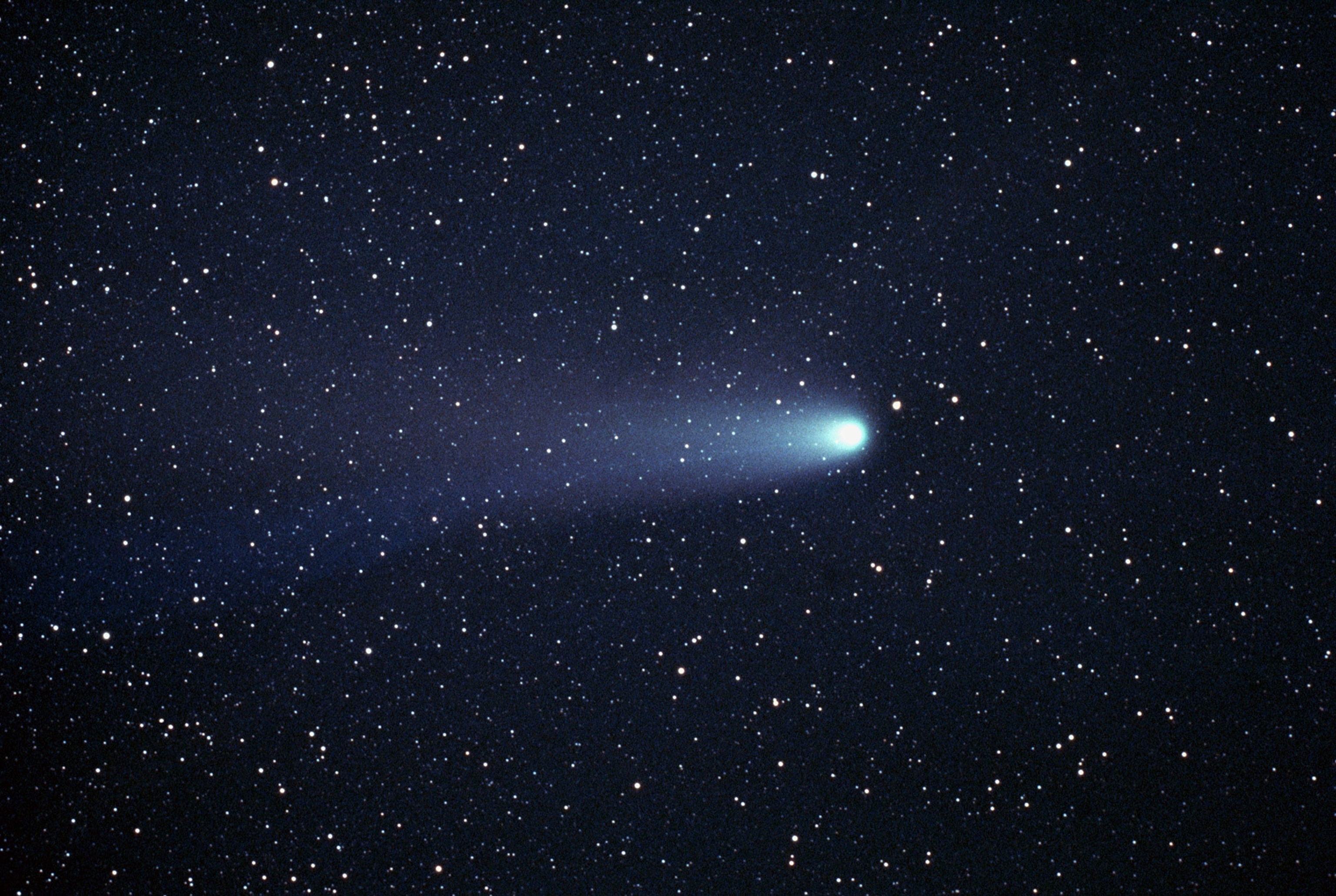
Orionid meteors and more can't-miss sky shows in October
A celebrity meteor shower and the year's best view of Uranus await sky-watchers this month.
As people around the world prepare for a spooky change in seasons, sky-watchers in both hemispheres can expect to get some amazing treats if they venture out after dark. October spectacles include the best views of an ice giant at the edge of the solar system and a rain of debris left behind by one of the most famous comets in history.
So, dust off those binoculars, and get set to explore the night sky this month.
Moon Buzzes Beehive—October 4
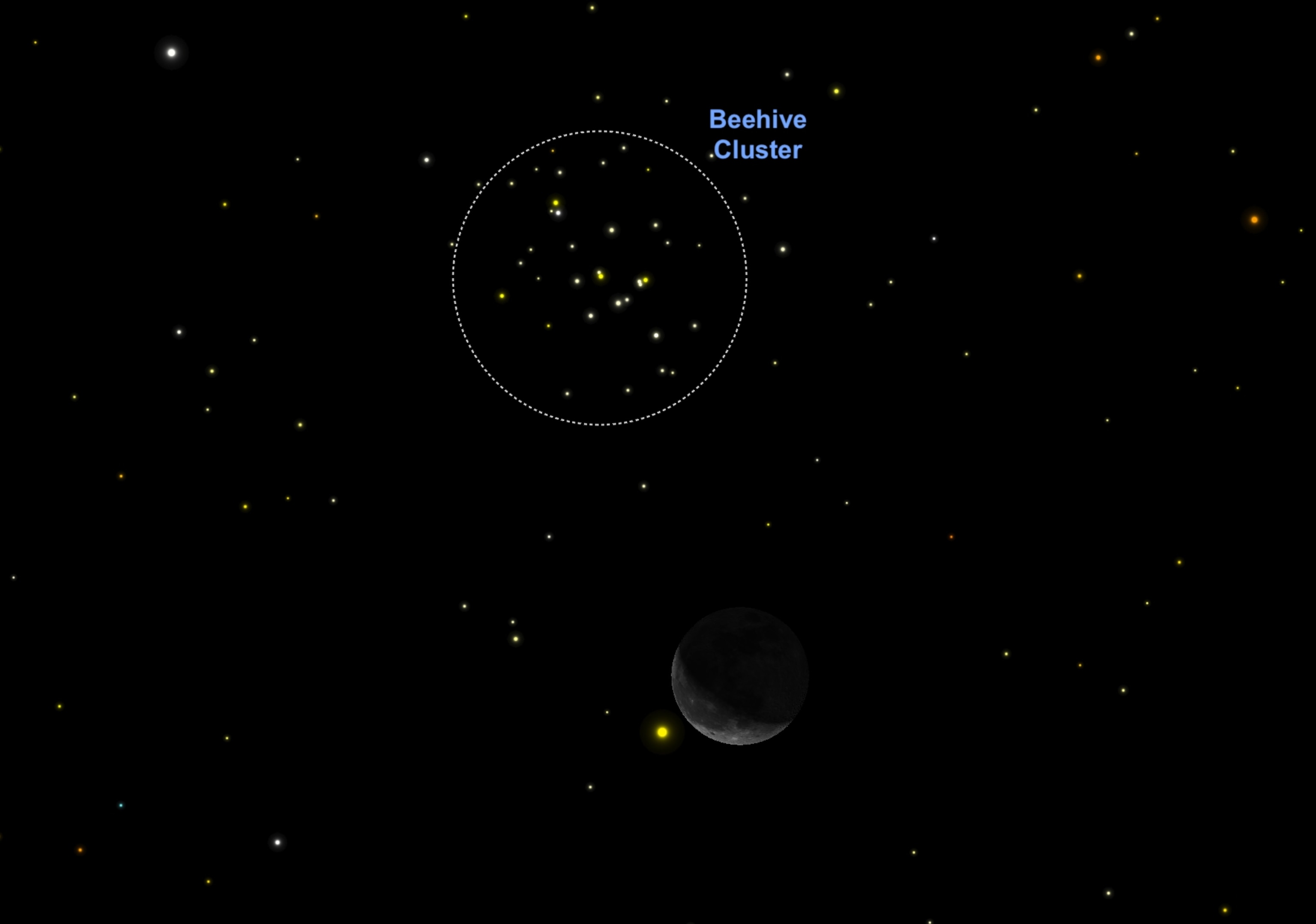
Watch the eastern horizon before sunrise, and you’ll see a thin crescent moon paired with the Beehive star cluster. Nestled in the constellation Cancer, the crab, the Beehive is an open cluster of stars roughly 560 light-years away. A pair of binoculars will easily resolve the cluster into its many member stars.
Moon Meets Lion’s Heart—October 5
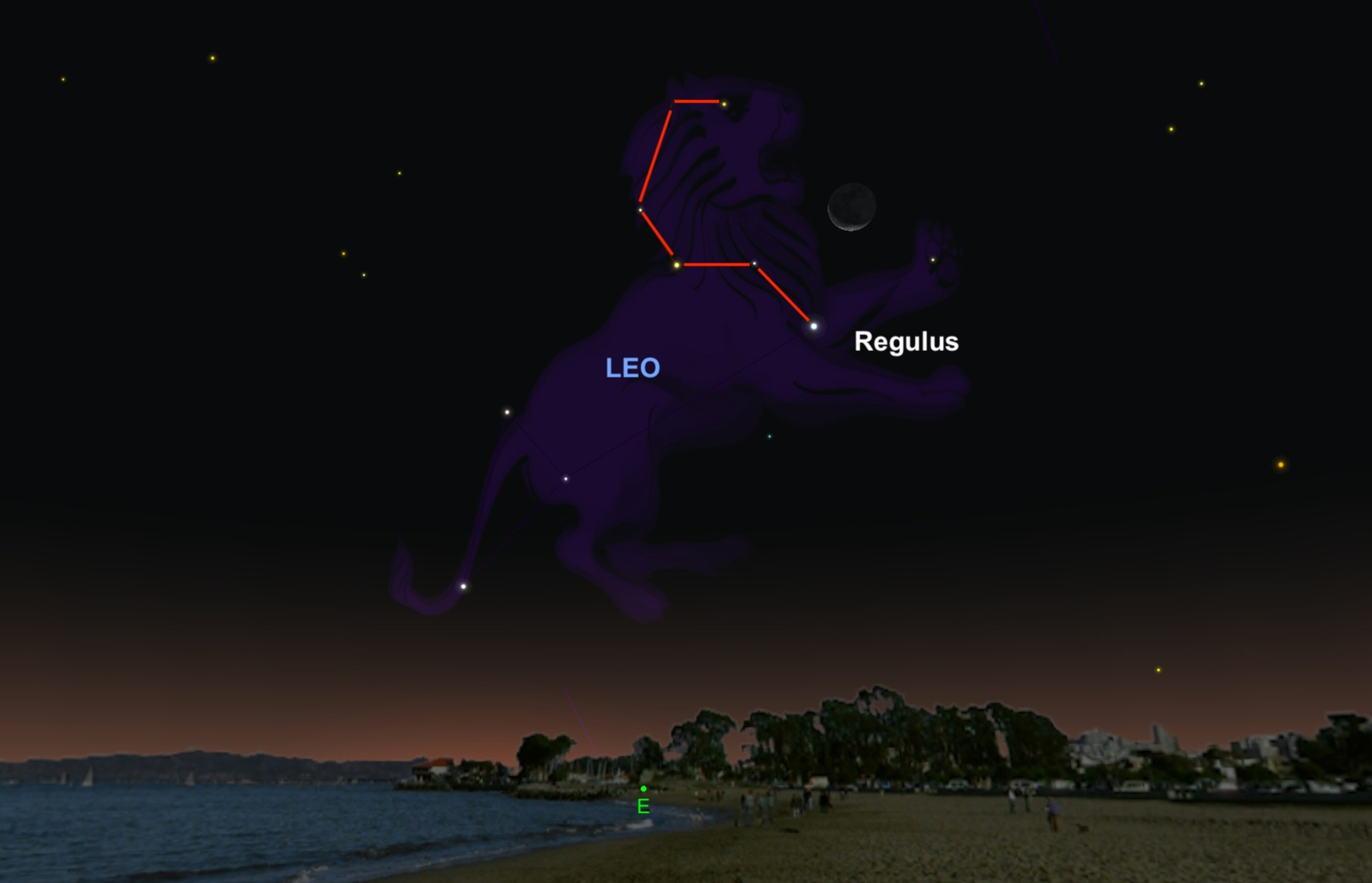
On this night, the thinner crescent moon will park itself next to the bright star Regulus, which marks the heart of the constellation Leo, the lion. One of the brightest stars in the night sky, Regulus is actually a system of multiple stars that are gravitationally bound.
Zodiacal Lights—October 13
The next two weeks mark the best chance for Northern Hemisphere observers to catch the elusive glow of the zodiacal lights. Far from city lights in the dark countryside, look for a pyramid-shaped glow that is fainter than the band of the Milky Way rising above the eastern horizon before sunrise.
This ethereal light is caused by sunlight reflecting off countless dust particles scattered between the planets along the plane of the solar system.
Lord of the Rings—October 14
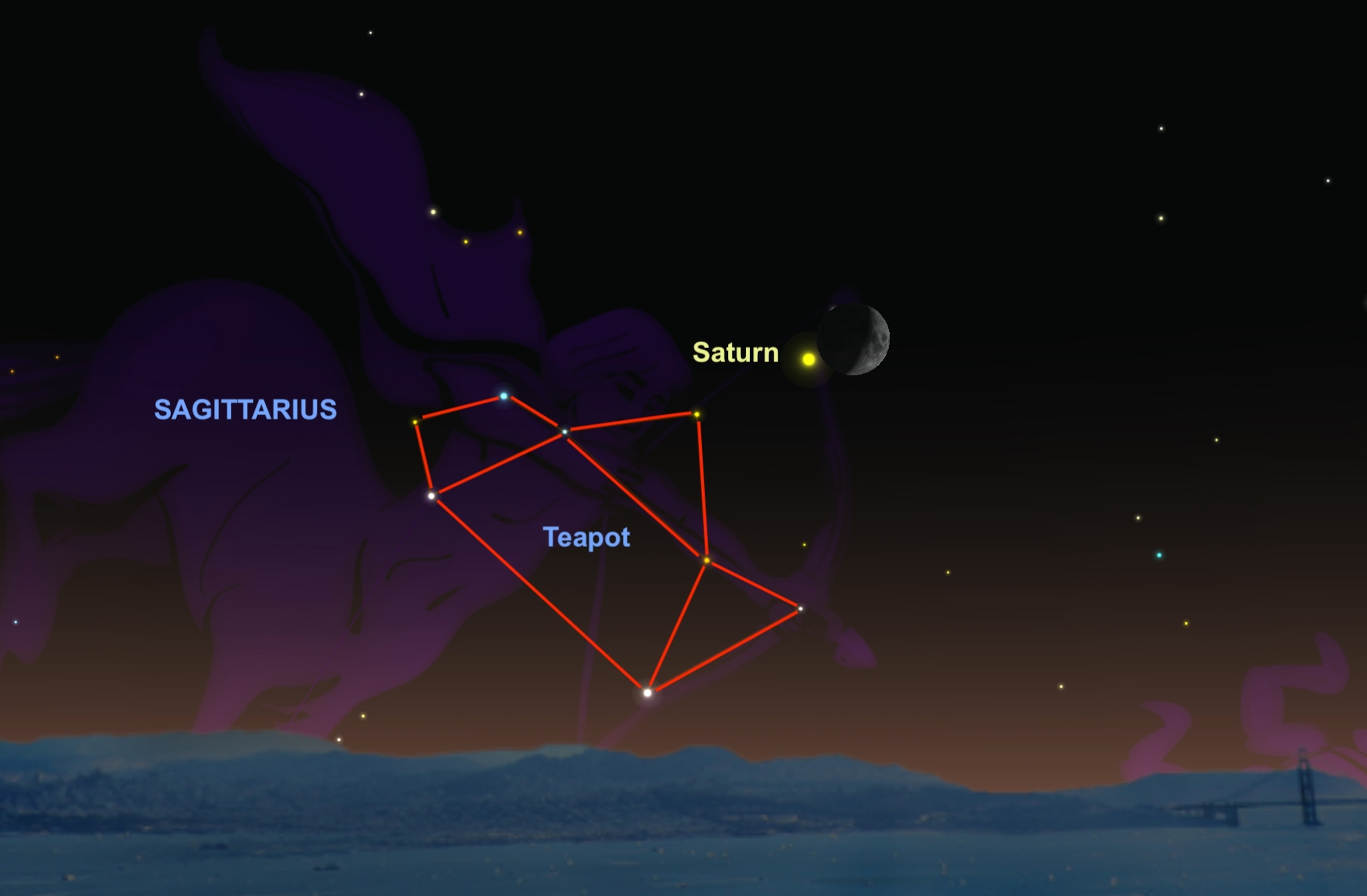
Half an hour after sunset, look for yellow-hued Saturn near the moon, which will be riding high in the southern sky. Both objects will appear perched above the “teapot” star pattern of the constellation Sagittarius, the archer.
Mars and Moon Do Battle—October 17 and 18
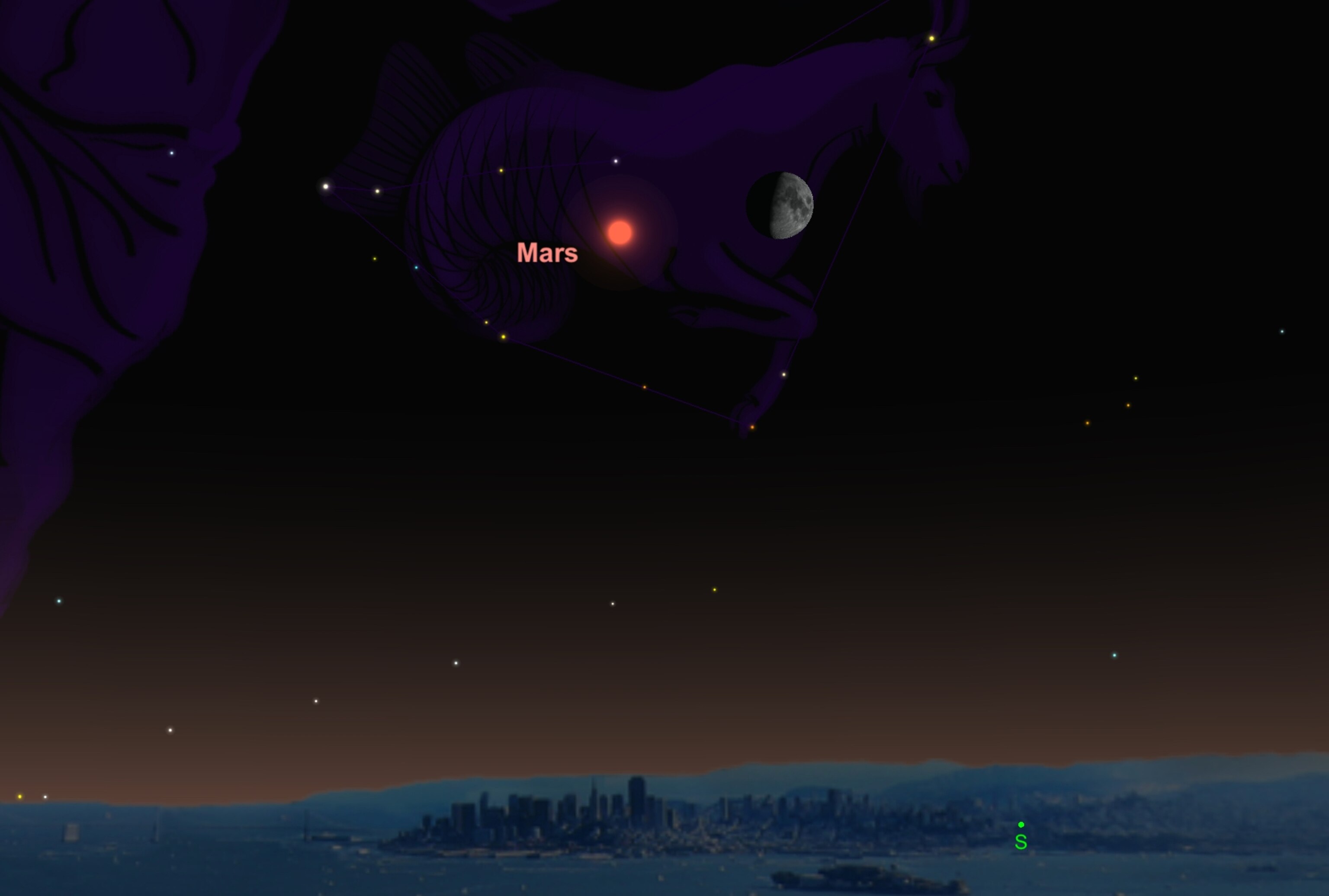
The red planet will be easy to track down on these two days thanks to the gibbous moon, which will glide past the brilliant star-like point of light in the early evening.
Orionid Meteors Peak—October 21
This annual meteor shower will be at its best in the predawn hours of the 21st and on the next few mornings, delivering as many as 20 shooting stars an hour. Each Orionid is a piece of debris shed by Halley’s comet as it passed through our inner solar system during its 75-year orbit around the sun.
The Orionids appear to radiate from their namesake constellation, Orion the hunter, which rises in the northeast just before local midnight this time of the year. Orion is one of the easiest star patterns to recognize thanks to the three bright stars that line up along its middle, marking the mythical figure's belt.
Uranus at Opposition—October 24
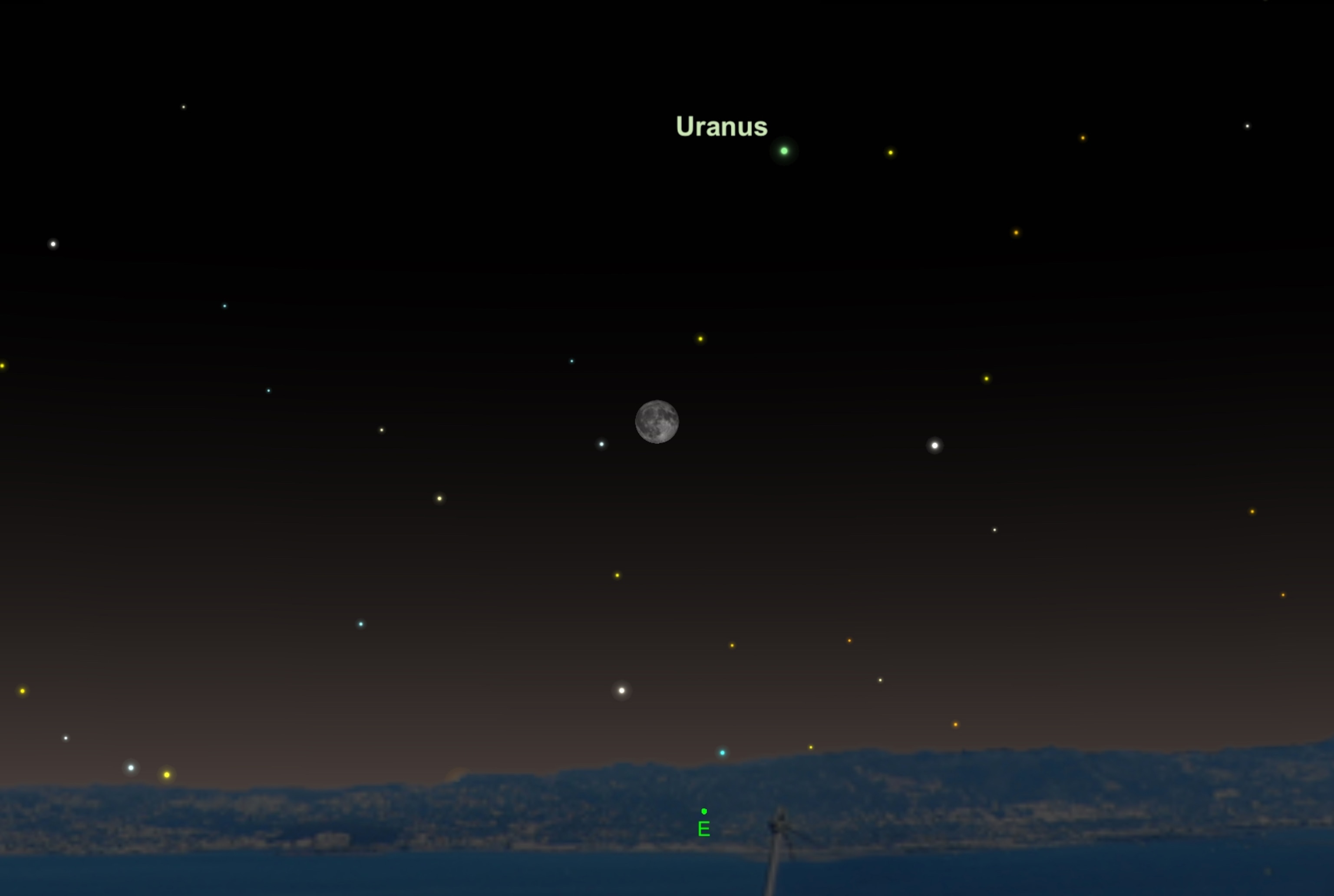
The green ice giant planet officially reaches opposition on this day, which means the outer planet will be at its biggest and brightest in our skies for the year. Uranus will appear opposite in the sky from the sun, rising in the east after sunset in the southwestern portion of the constellation Aries, the ram.
At magnitude 5.7, the planet is near the limit of what the unaided eye can see. You can try spying Uranus with the naked eye from a dark countryside, but even at its brightest, you may find it easier to pick out its tiny green-blue colored disk with binoculars or a small telescope.
Beehive Redux—October 31
The Beehive cluster will buzz back into easy view on Halloween night, as the moon pairs up with the brilliant swarm of stars. On this night, the two celestial objects will be about four degrees apart, or equal to the width of your three middle fingers held at arm’s length.
Clear skies!


